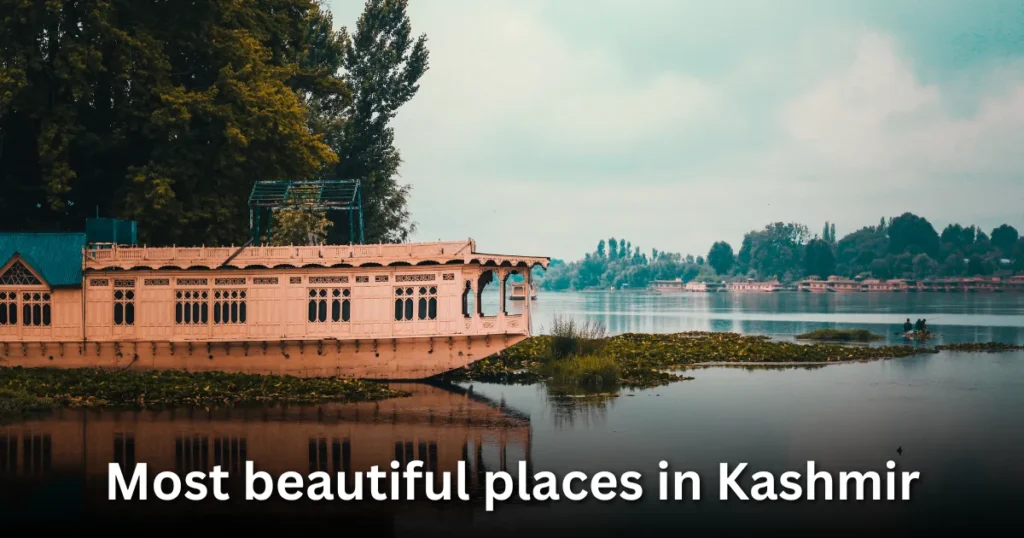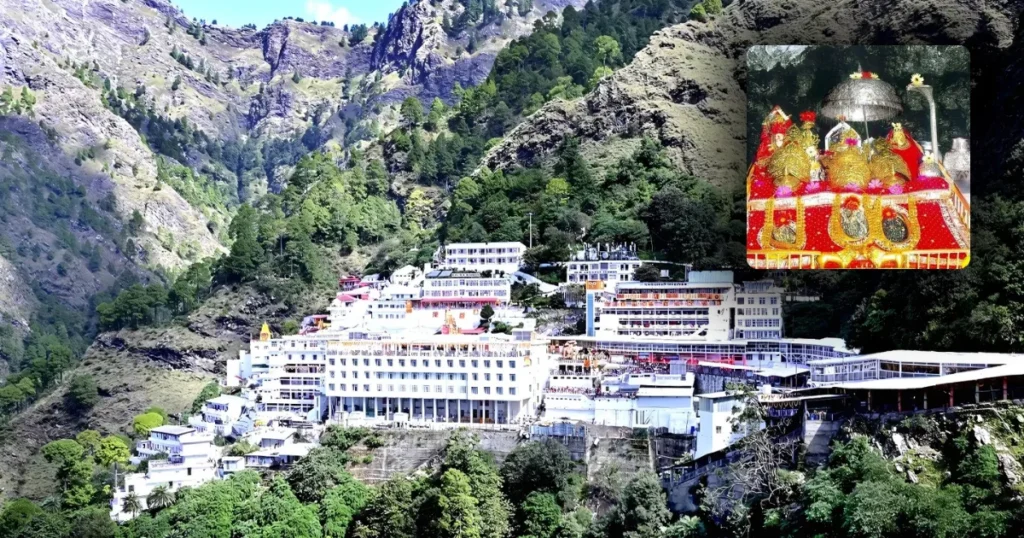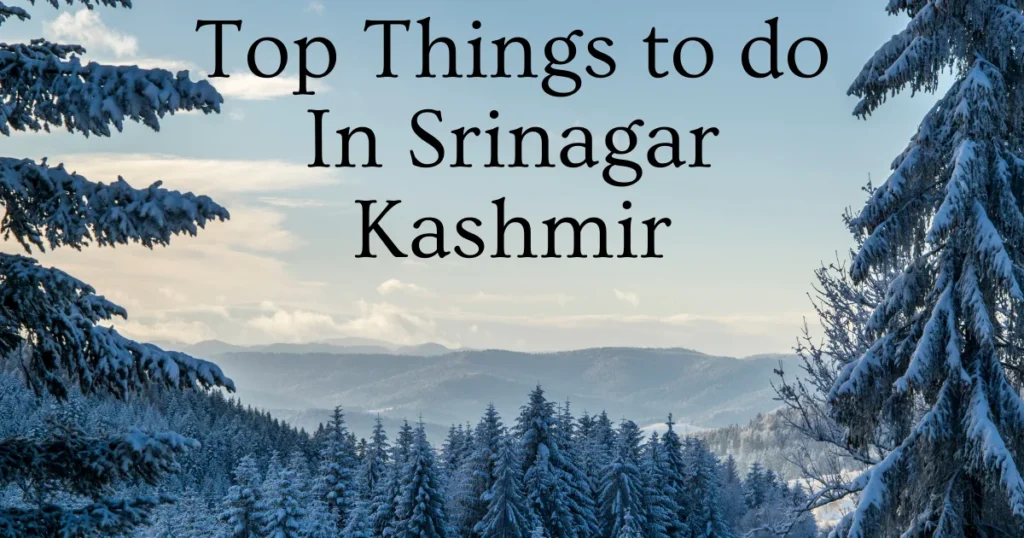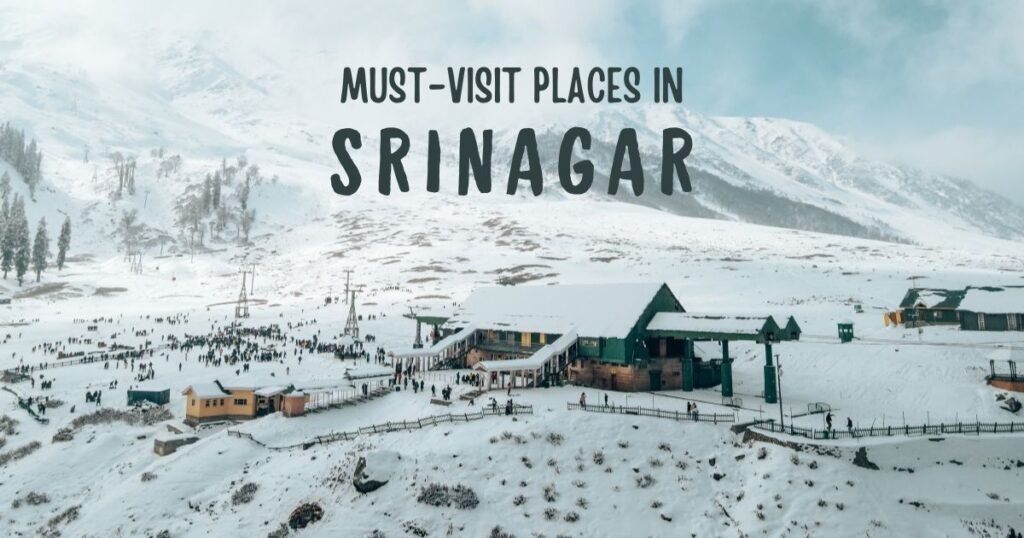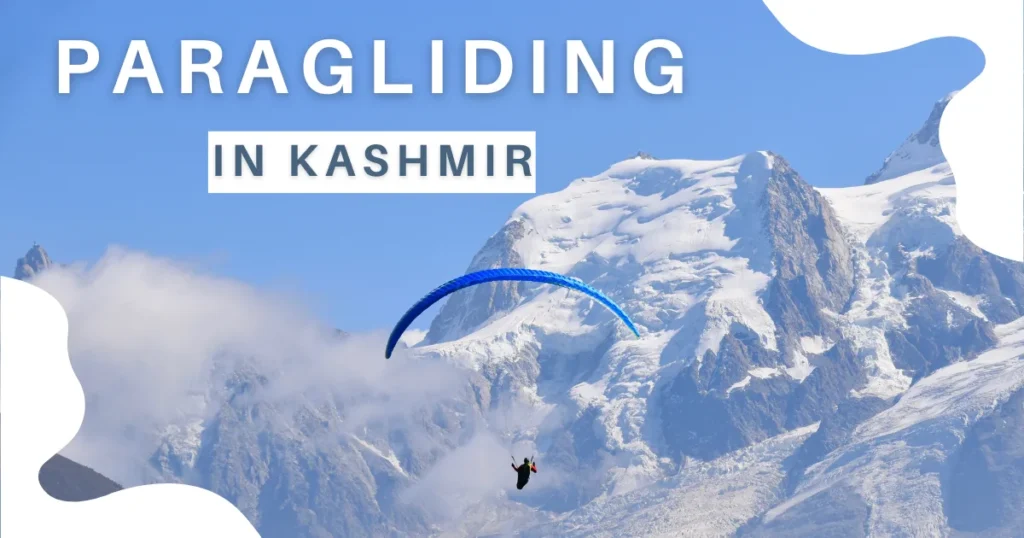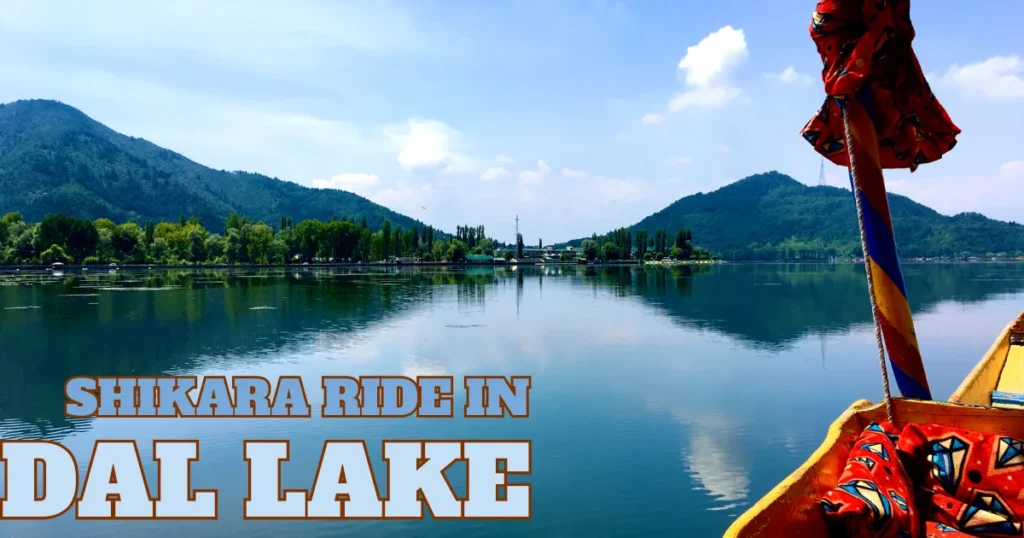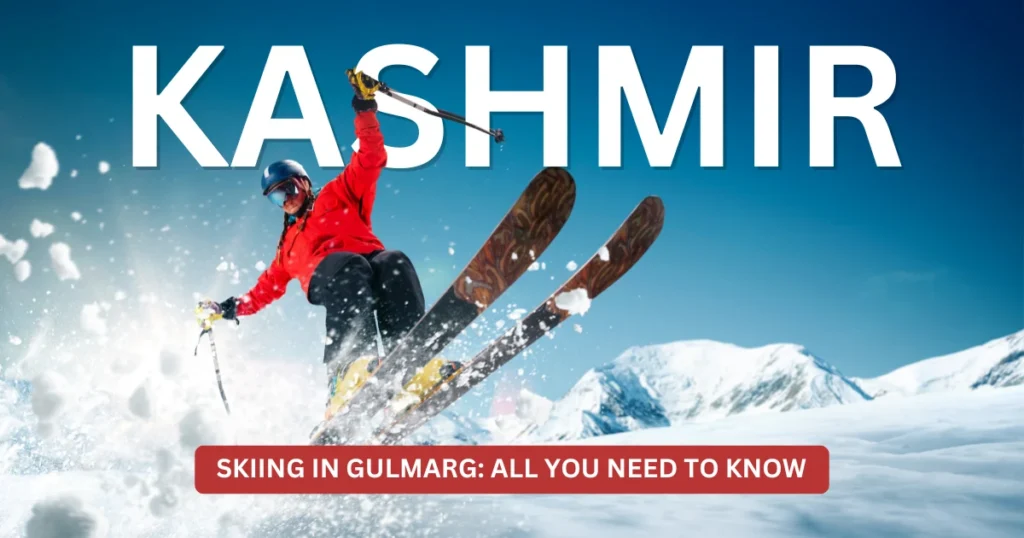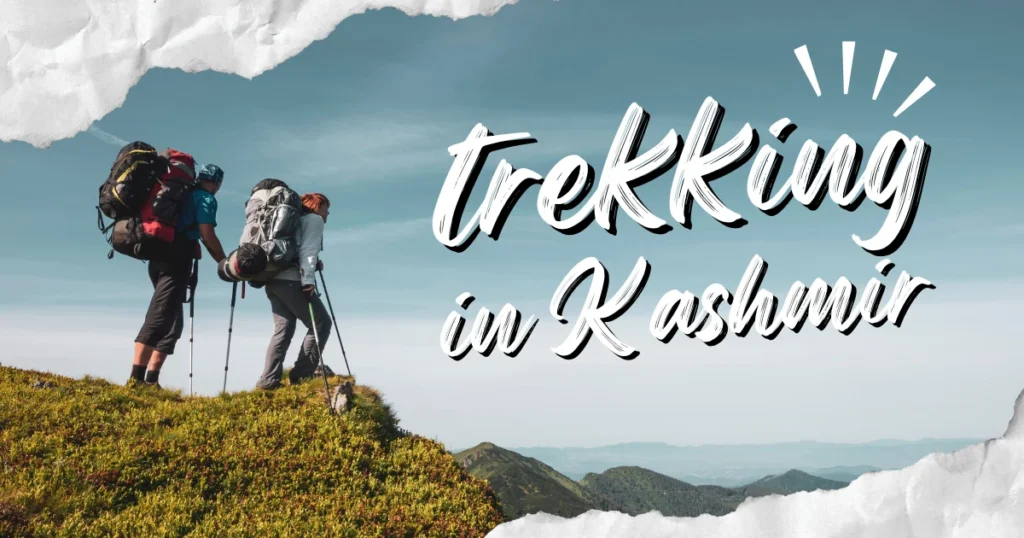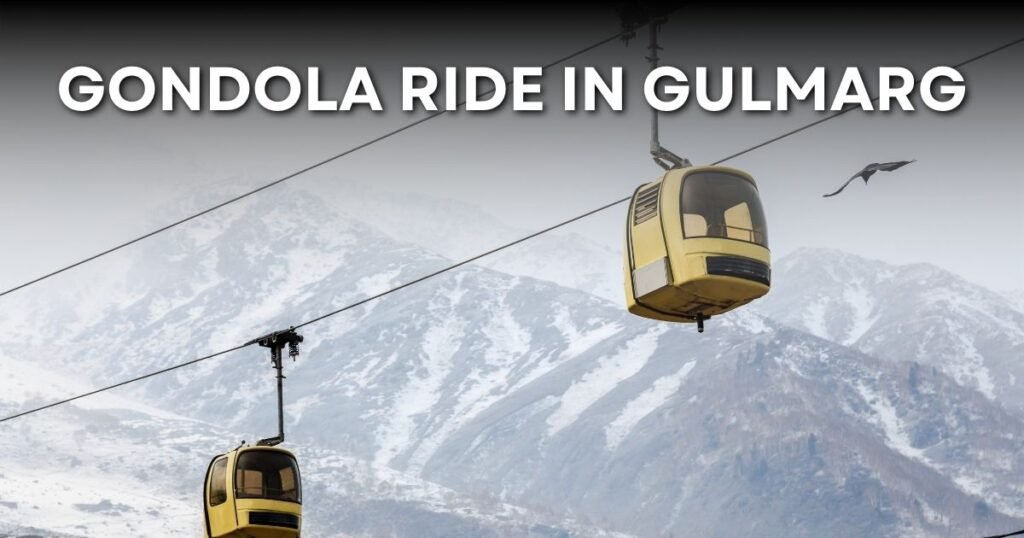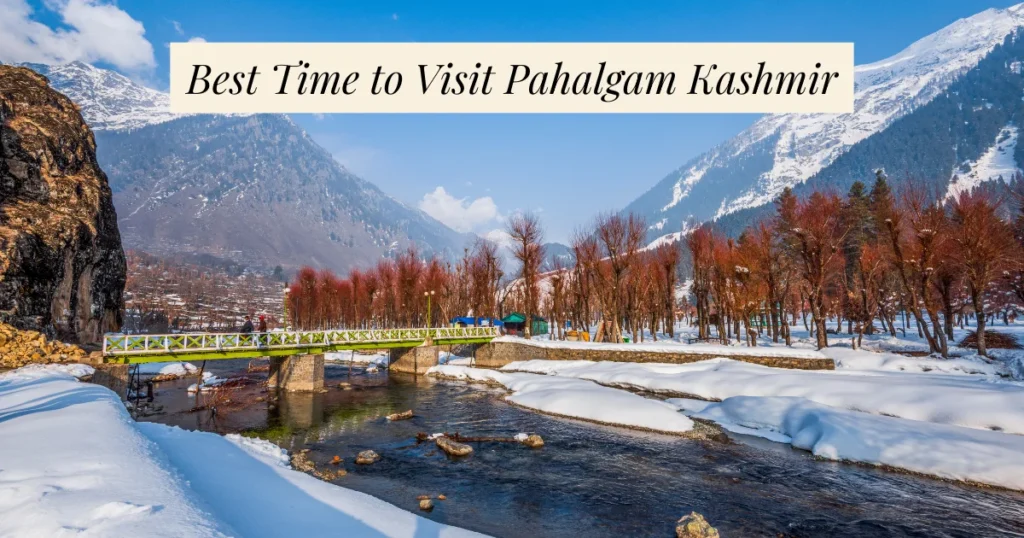Most Beautiful Places in Kashmir – Where Heaven Touches the Earth
If ever you step into this valley nestled in the lap of the Himalayas, you will find that the most beautiful places in Kashmir are not only sites marked on the map, but that living chronicle of nature in which every snow-covered peak, every flowing river and every flower-laden valley tells its own story. The sky here seems to come closer, in the air there is such freshness that is beyond words, and on the earth there is such beauty scattered that man understands that the phrase “heaven on earth” was made only for this land. Why do the top tourist attractions in Kashmir feel eternal? Top tourist attractions in Kashmir are not only sights, but experiences. The Dal Lake of Srinagar, with its calm waters and shikaras floating upon it, not only enchants the eyes but also touches the soul, as if the ripples of the water have been humming songs of love and devotion for centuries. Gulmarg, where in spring the meadows fill with flowers and in winter a sheet of snow covers everything, appears in a new form in every season but never loses its charm. Pahalgam, resting at the confluence of two rivers, is like that painting made with a painter’s brush in which every colour is alive. And the Mughal Gardens — where emperors once paused and measured nature in the rhythm of poetry — even today provide the same peace and harmony. What makes the famous scenic spots in Kashmir valley unforgettable? When the valleys of Kashmir bathe in the morning sun, the famous scenic spots in Kashmir valley appear like some golden dream. Sonamarg, called the “meadow of gold,” truly shines like gold in the rays of sunrise. Betaab Valley, where green meadows, pine trees and rushing rivers exist, transports man into that dream from which he does not wish to wake. The snow of winter, the tulip gardens of spring, the saffron fields of autumn — in every season this valley takes a new form. And this is what makes it unforgettable: it gives a new experience each time yet returns the same old intimacy each time as well. Which are the best places to visit in Kashmir for nature lovers? For those who seek intimacy with nature, the best places to visit in Kashmir for nature lovers are no less than a gift. Dachigam National Park, where the endangered Hangul deer still give testimony of their existence, teaches that forests too can be sacred. Yusmarg, far from crowds and quiet, opens its wide meadows as if a poem is revealing itself line by line. And Gurez Valley — surrounded by the high peaks of the Himalayas, where silence itself becomes a companion. Here you do not merely look at nature, you converse with it: in the murmur of rivers, in the call of shepherds, and in the vastness of the sky. Why does Kashmir remain the poet’s eternal muse? Because however many times the most beautiful places in Kashmir are described, words always fall short. Sufi poets sang of it, Mughal painters poured it into colours, travellers preserved its sights in their diaries, yet every visitor arriving here finds his own story. Kashmir is not merely a valley, it is the heritage of beauty. It teaches that mountains are both guardians and friends, rivers not only flow but also sing, and in the lap of nature man discovers his deepest peace. Why travel with Kashmir Tour Package? Because travel is not only the name of seeing sites, but the opportunity of conversing with the soul. The purpose of Kashmir Tour Package is not only to show you the places recorded in guidebooks, but to give you that experience in which the morning mist of Dal Lake, the melting snow of Gulmarg, and the silence of a valley are also included. We believe that the journey of Kashmir is not the memory of once, but the heritage of a lifetime. This journey does not end, it settles within you and changes your vision forever. FAQs on the Most Beautiful Places in Kashmir 1. Which are the most beautiful places in Kashmir?Dal Lake, Gulmarg, Pahalgam, Sonamarg, and Betaab Valley are among the most celebrated places. 2. What are the top tourist attractions in Kashmir?Shikara rides on Dal Lake, Mughal Gardens, snow adventures in Gulmarg, Lidder River in Pahalgam, and Sonamarg meadows are top attractions. 3. Which are the famous scenic spots in Kashmir valley?The Tulip Garden in Srinagar, Sonamarg, and the saffron fields of Pampore are unforgettable scenic treasures. 4. What are the best places to visit in Kashmir for nature lovers?Dachigam National Park, Yusmarg, and Gurez Valley are perfect destinations for nature lovers. 5. What is the best time to explore the most beautiful places in Kashmir?March to October for blossoms and greenery, December to February for snow adventures.

